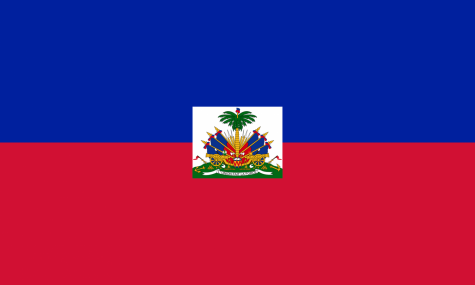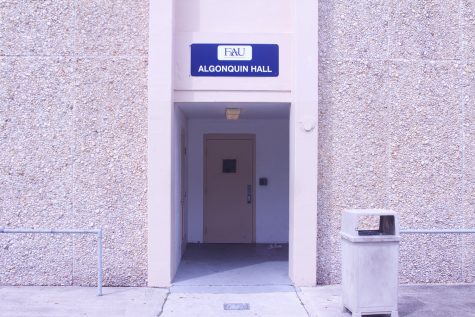What ever happened to FAU’s community garden?
 In January of 2012, FAU’s Mission Green Student Association held a grand opening to celebrate the birth of its latest project: an on-campus community garden. For many at the university, this project was a step in the right direction for one of the nation’s most eco-friendly campuses. But although this project had high hopes, it never quite reached the scope of Florida Gulf Coast University’s natural forest, like past-MGSA President Kelsey Crane had wished. In the years since the opening, the garden’s momentum diminished, leaving a green ghost on campus. However, this is but an obstacle for founding member and current MGSA President Johnny Yuen.
In January of 2012, FAU’s Mission Green Student Association held a grand opening to celebrate the birth of its latest project: an on-campus community garden. For many at the university, this project was a step in the right direction for one of the nation’s most eco-friendly campuses. But although this project had high hopes, it never quite reached the scope of Florida Gulf Coast University’s natural forest, like past-MGSA President Kelsey Crane had wished. In the years since the opening, the garden’s momentum diminished, leaving a green ghost on campus. However, this is but an obstacle for founding member and current MGSA President Johnny Yuen.
At its inception, FAU’s garden had high prospects due to the previous success of the MGSA off-campus Pearl City Community Garden project. At this old site, students managed to pump out 10 pounds of veggies in one growing season, all from a little 4×5 plot. These greens would in turn be donated to the Boca Helping Hands, and after much success, the students were given approval to build an on-campus garden. So the MGSA got to work, and by the beginning of 2012, FAU had a garden to call its own.
When the garden was founded, “each member was required to sign a [renewable] lease” that gave them access to their own plot for a year. This contract was enforced by the Weppner Center, while the MGSA focused on educating the gardeners about proper maintenance techniques.
![The irrigation system lies neglected in the community garden [Mohammed F Emran | Web Editor]](https://www.upressonline.com/wp-content/uploads/2014/10/Mohammed-F-Emran-4570-475x316.jpg)
This new paradise, however, was not short of its problems. “One of the main issues with the garden was the fact that members would [not maintain] their beds. Without proper maintenance, weeds and pests would ruin the plots in [as little as] two weeks,” recalls Yuen. Because of this lack of commitment, other more involved members would end up picking the slack of the others. The neglected beds were regularly maintained by gardeners that weren’t even responsible for them, and after being contacted about the situation, the missing gardeners would still not show up, leaving weed-and-pest-infested plots that would affect the whole garden.
The next year, due to a revised clause in the contract, “Mission Green and other plot owners were prevented” from maintaining the beds of other gardeners, no matter what condition they were in. This led to many unused plots with overgrown weeds, and the owners were not replaced.
“It is difficult to see the weeds grown sky high in the beds as I have spent countless hours… trying to prevent the garden [from] ending up in the state that it is [in] now. But there is nothing that [me or the MSGA members] can do to enforce the contract,” said Yuen.
![Although some plotsa are infested with weeds, spectators can see that many are actually bring maintained for the next growing season. [Netanya Walton | Contributor]](https://www.upressonline.com/wp-content/uploads/2014/10/Netanya-1240-475x316.jpg)
Despite all of this, the community garden is not dead. Currently, Dr. Dianne Owen, the coordinator for the Environmental Sciences Program, uses five plots for education, while four plots are being used by Henderson and Pearl City students. With the new semester, there should be nine beds available for new students. Yuen still has much faith in the future of the garden and hopes that he can usher in a new era of students. “[The garden is only] in a transition stage from old members to new members… If we [can] bring students to help build [it], I definitely think we can help the garden significantly,” he says. As of now, the 2014-15 contract has not been released by the Weppner Center, but by Yuen’s passion, one can tell that this project has yet to sprout again.
To get involved in rebuilding the garden, contact Johnny Yuen at [email protected]

![Abandoned potted plants have now become weeds. [Netanya Walton | Contributor]](https://www.upressonline.com/wp-content/uploads/2014/10/Netanya-1245-900x600.jpg)









